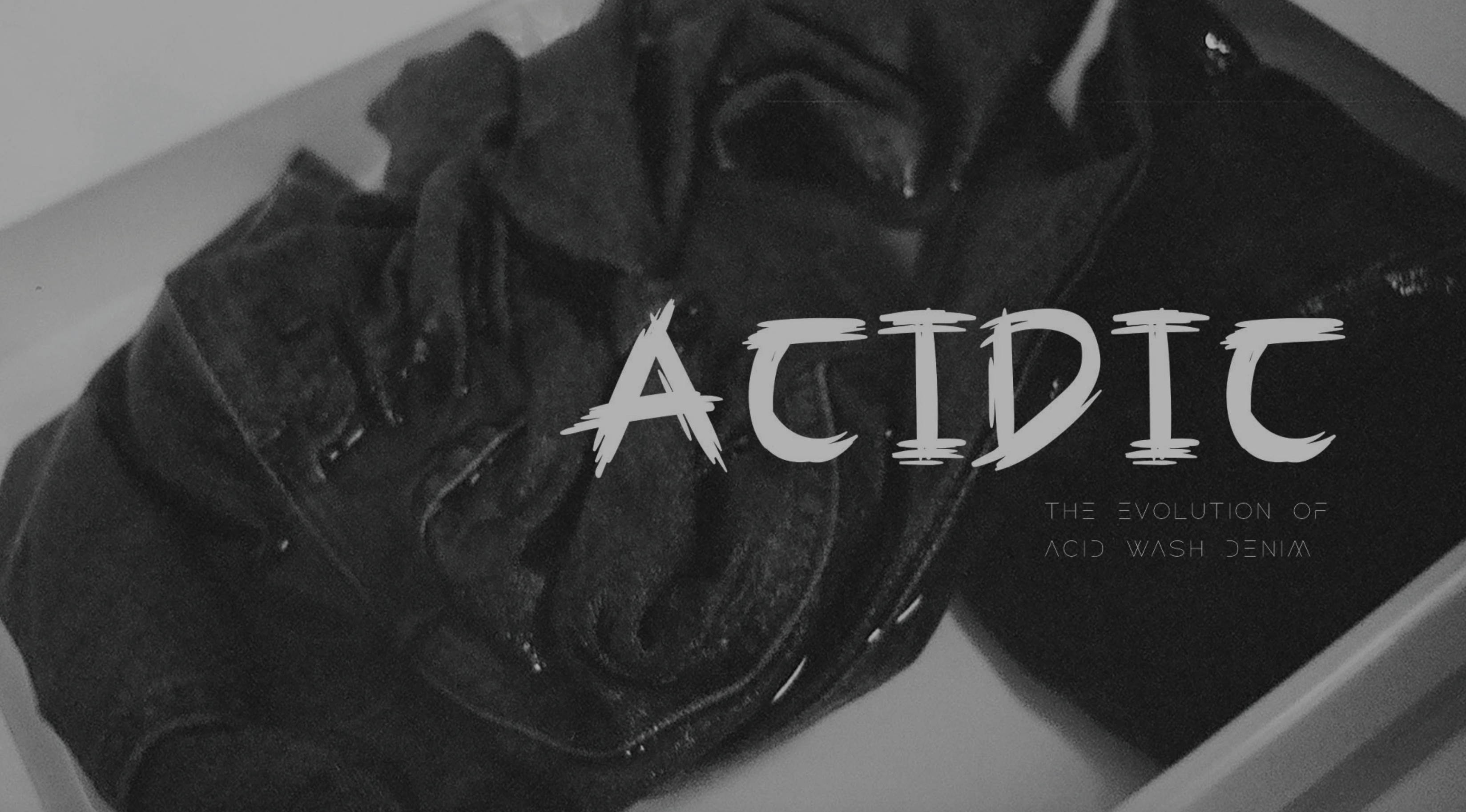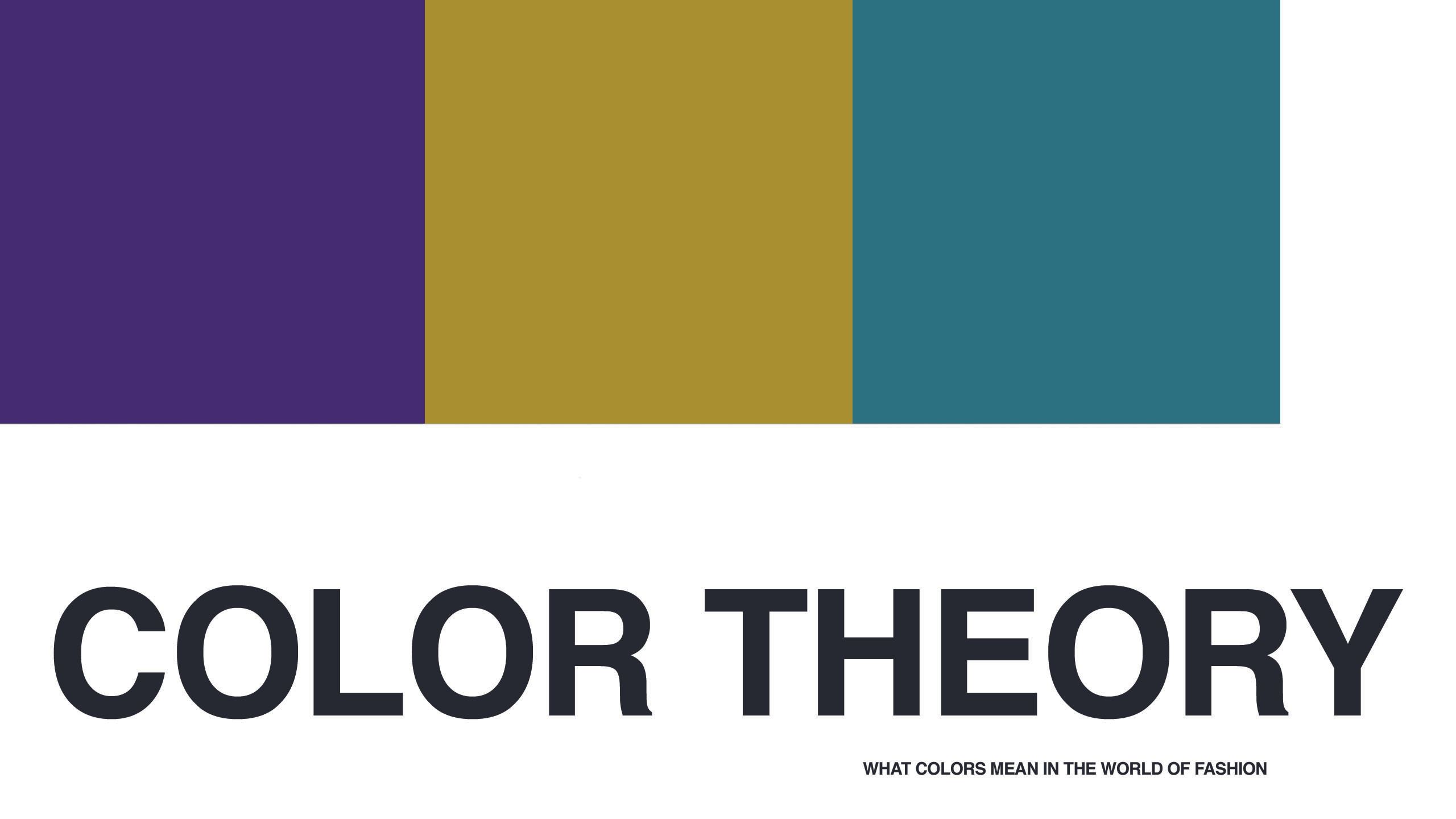
written by: Cameron Halway
photography by: McKenna Weil
models: Maecy Ashmore & Madeline Sandstead
clothing provided by Honeysuckle Rose Vintage - follow them @honeysucklerosevintage
Colors are essential to the world of fashion.
Whether you’re going for a statement monochromatic look or a soft combo of differing shades, every configuration of tops, bottoms and shoes relies on the perfect assortment of colors.
But most people are unaware of the history behind the colors that make an outfit work.
Black is undoubtedly one of the most mysterious colors on the palette, making it a fashion favorite for centuries.
While Ancient Greece brought the color into the industry as a sentiment of grief and mourning, it has since been used for many other purposes.
In the Middle Ages, black became a symbol of high social status and superiority.
In 2021, Kim Kardashian showed up to the notoriously extravagant Met Gala in an all-black outfit, confusing many fans. Kardashian's idea for the outfit was right on the money though, approaching the “American Independence” theme with the notion that she could cover herself in all black head to toe and most Americans would still recognize her because of her over-sexualized and famous Hollywood body.
The color’s blatant simplicity makes it the perfect piece to send a symbolic message just as Kardashian and many others have done in years past.
The little black dress was introduced in the 1920s by Coco Chanel and was made famous by Audrey Hepburn in "Breakfast at Tiffany’s." Since then, it has become a closet staple for many.
The "LBD" as it’s called has been worn by some of the most iconic women in history. Princess Diana, for example, coined her LBD as a “revenge dress,” wearing it to the Serpentine Gallery when she publicly found out her husband had been unfaithful to her.
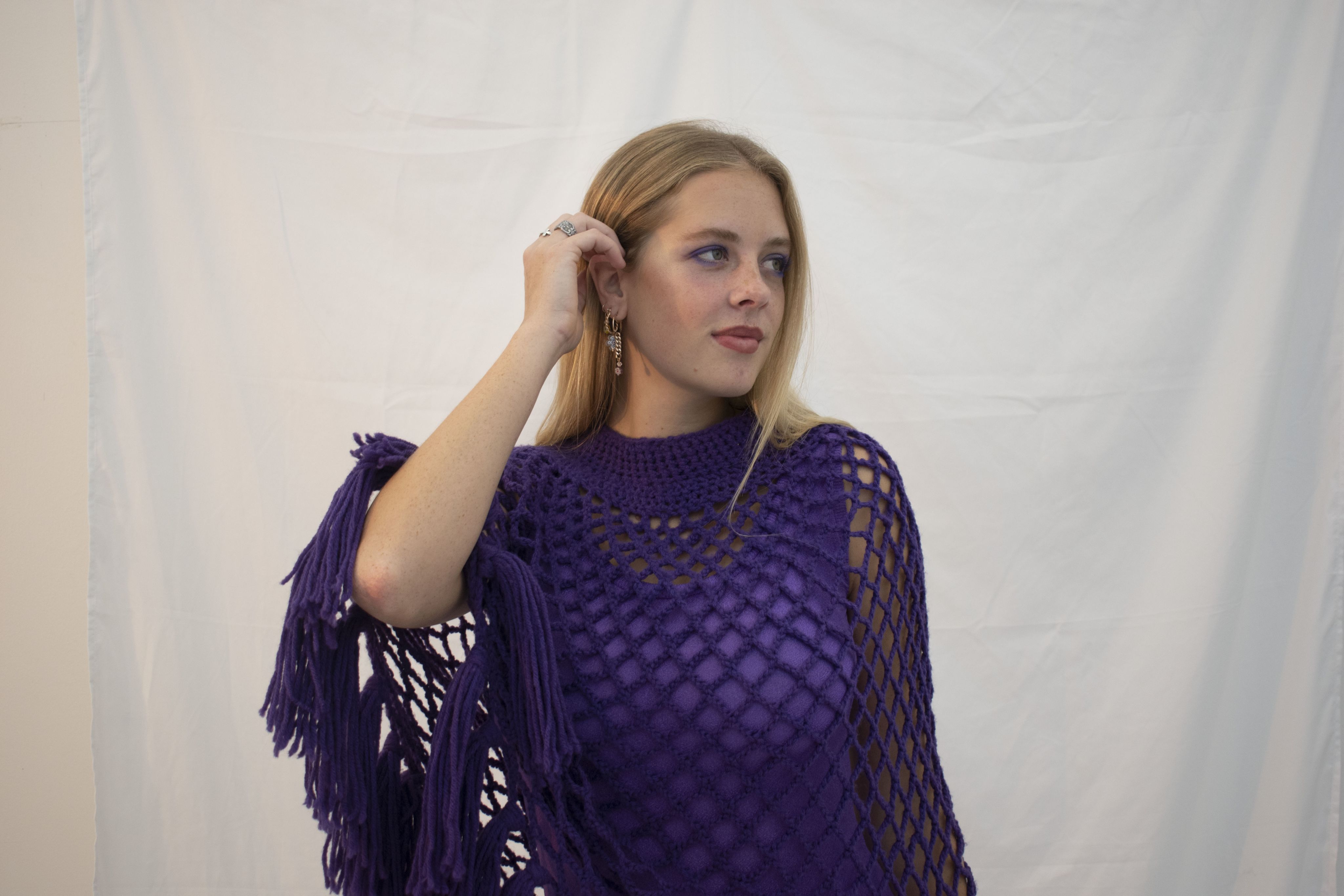
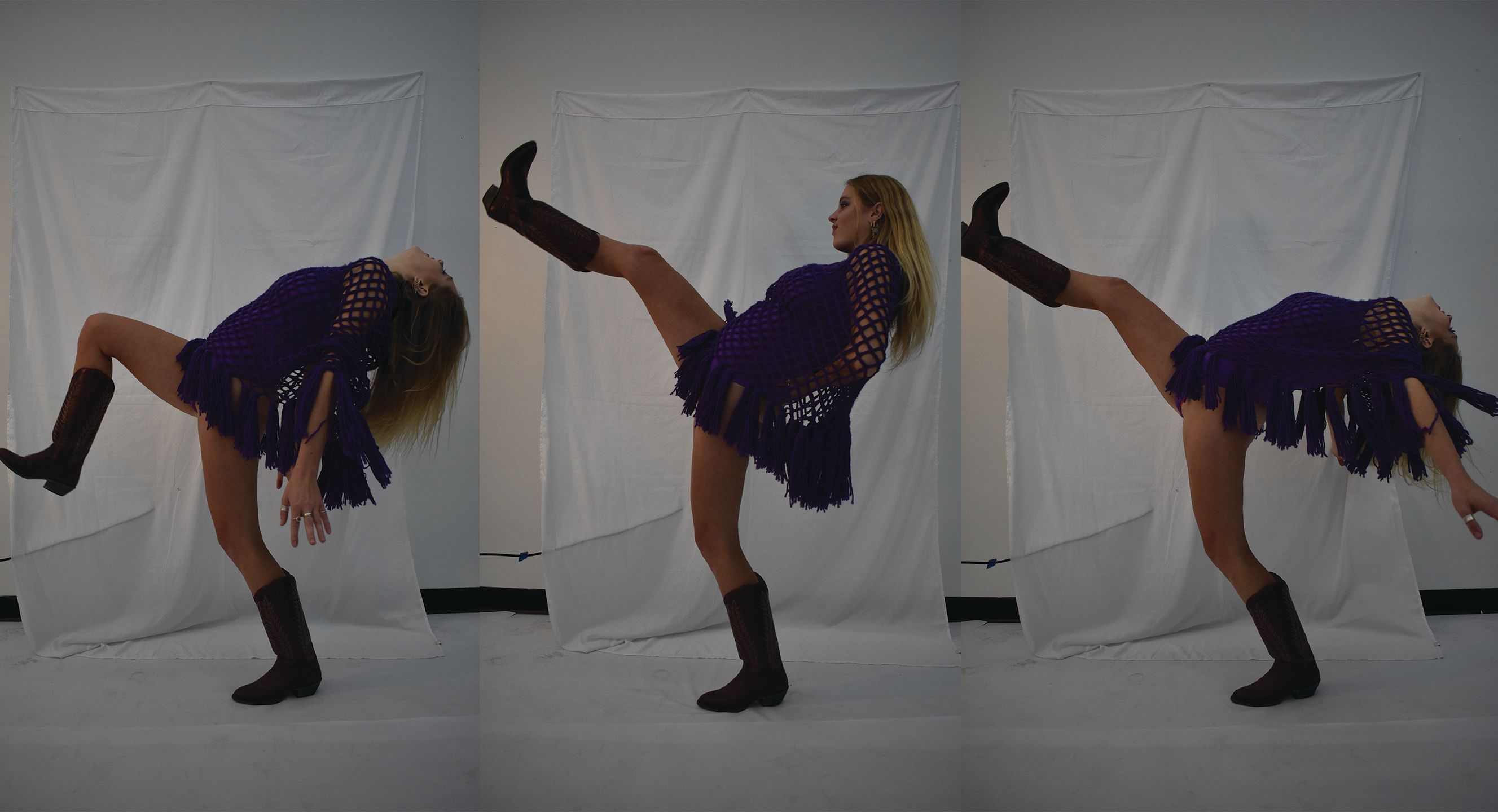
Purple, on the other hand, is more than the trendy game day top the Horned Frogs wear in the Carter every Saturday.
It's a color of deep-rooted royalty and tradition. It dates back to the ancient world when the Persian King Cyrus wore a purple tunic as his royal uniform. Roman emperors draped in purple robes went as far as forbidding their citizens from wearing purple, making it punishable by death. Royal children were even described as “born in purple.”
The color’s innate regality comes from centuries of being a rarity in the fashion industry. The dye used to be incredibly hard to find, making it an exclusive status symbol for the wealthy.
The color made a return to the spotlight in 2020 as shades of lilac and lavender combined to make a “Millennial Purple.” It was dubbed fashion's hottest color of the year as celebrities sported it on both red carpets and casual errand runs.
This soft blend of purple was typically seen paired in a color block or monochromatic approach to create a bold look.
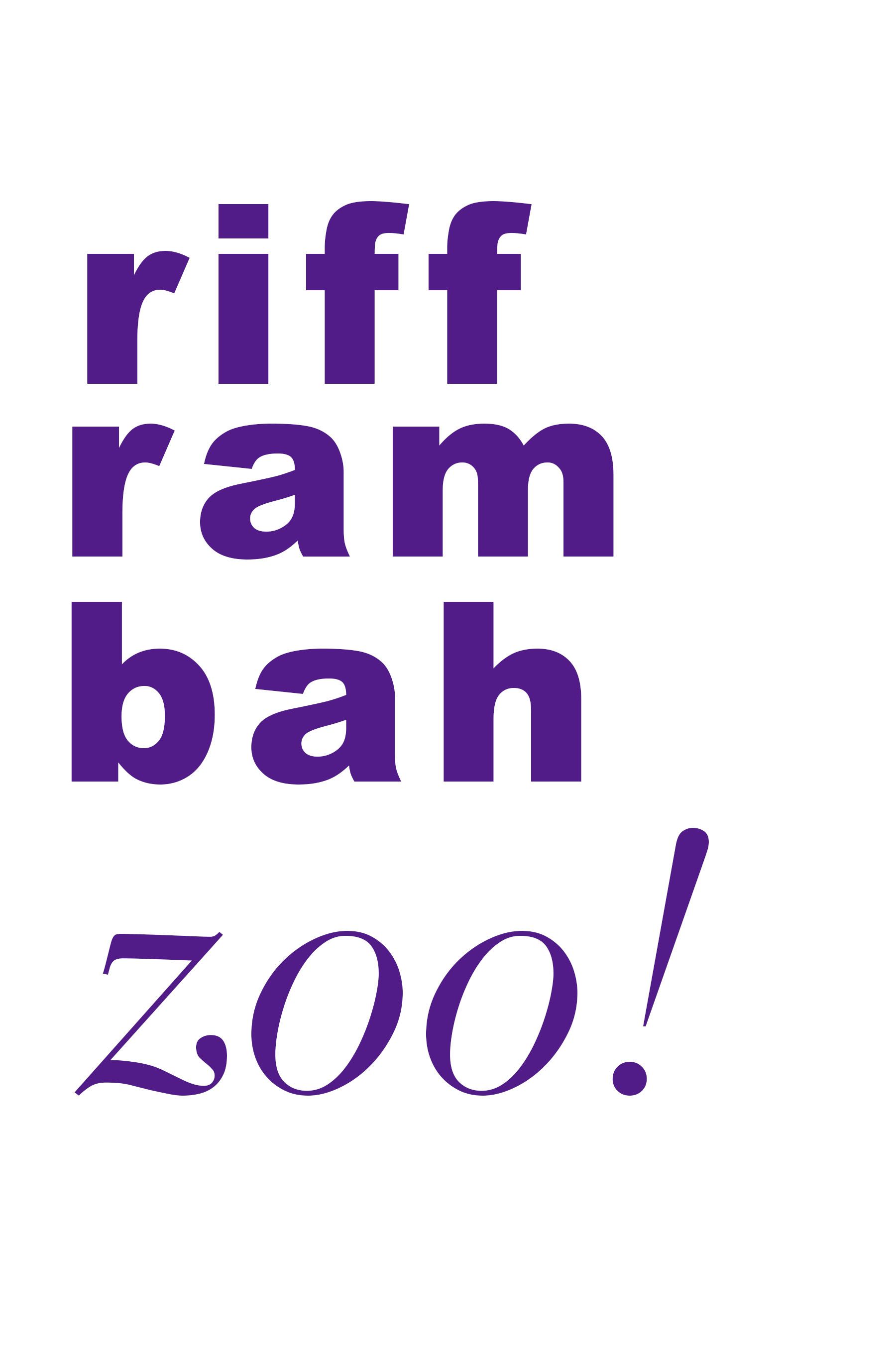
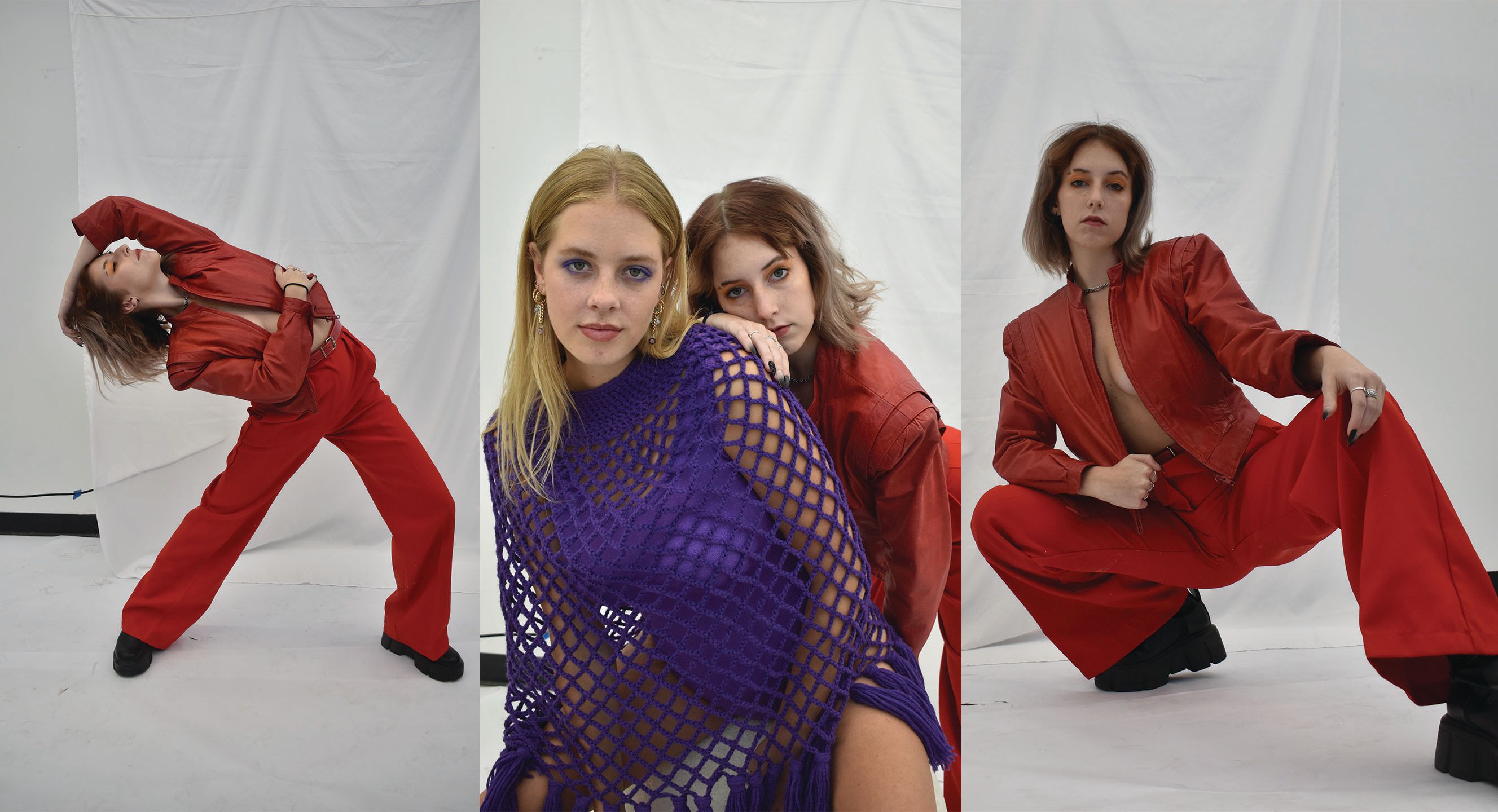
Red—red shoes in particular —has always been a major player in the fashion and entertainment industries, but the intent behind the flashy color actually dates back to King Louis XIV’s rule of France.
He is the first person to be recorded wearing red heels in various paintings. His reign encouraged aristocratic men to wear the red heels, before officially issuing an edict that only nobility could wear them.
Red represented blood and was synonymous with crushing enemies. Though not so threatening today, red has since continued to be a staple color.
Louis Vuitton’s cherry red soles share a similar origin story.
Designer Christian Louboutin coined the trademark red soles during an attempt to make a shoe inspired by Andy Warhol’s "Flowers."
When the shoe prototype arrived from Italy, Louboutin was happy because it was similar to the drawing, but something was missing. His gaze caught a woman painting her nails red. He snatched the nail polish from her and painted the sole of the prototype. This was it.
The splash of color has since appeared on millions of shoes, becoming an instant tell of the famous brand.
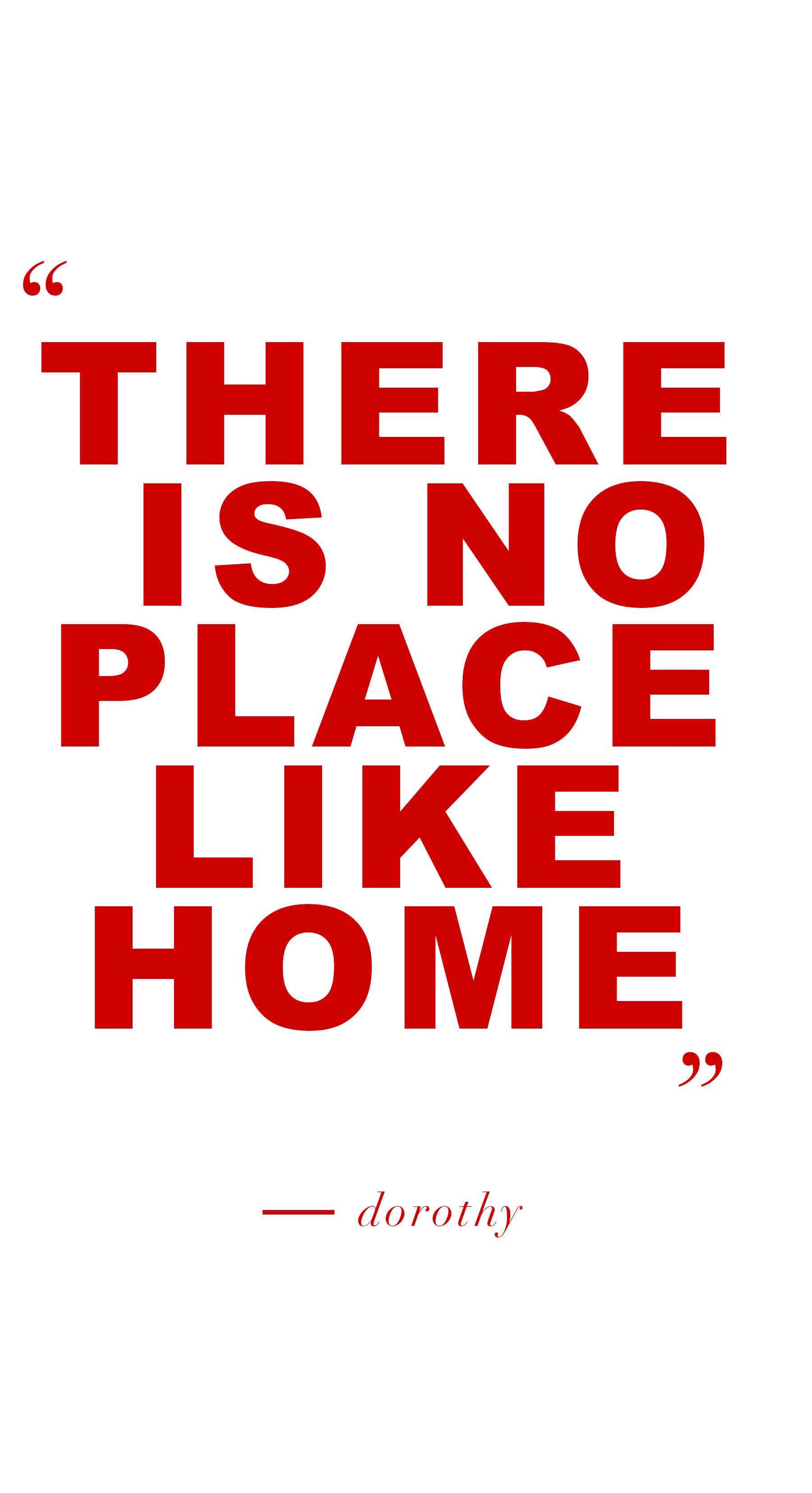
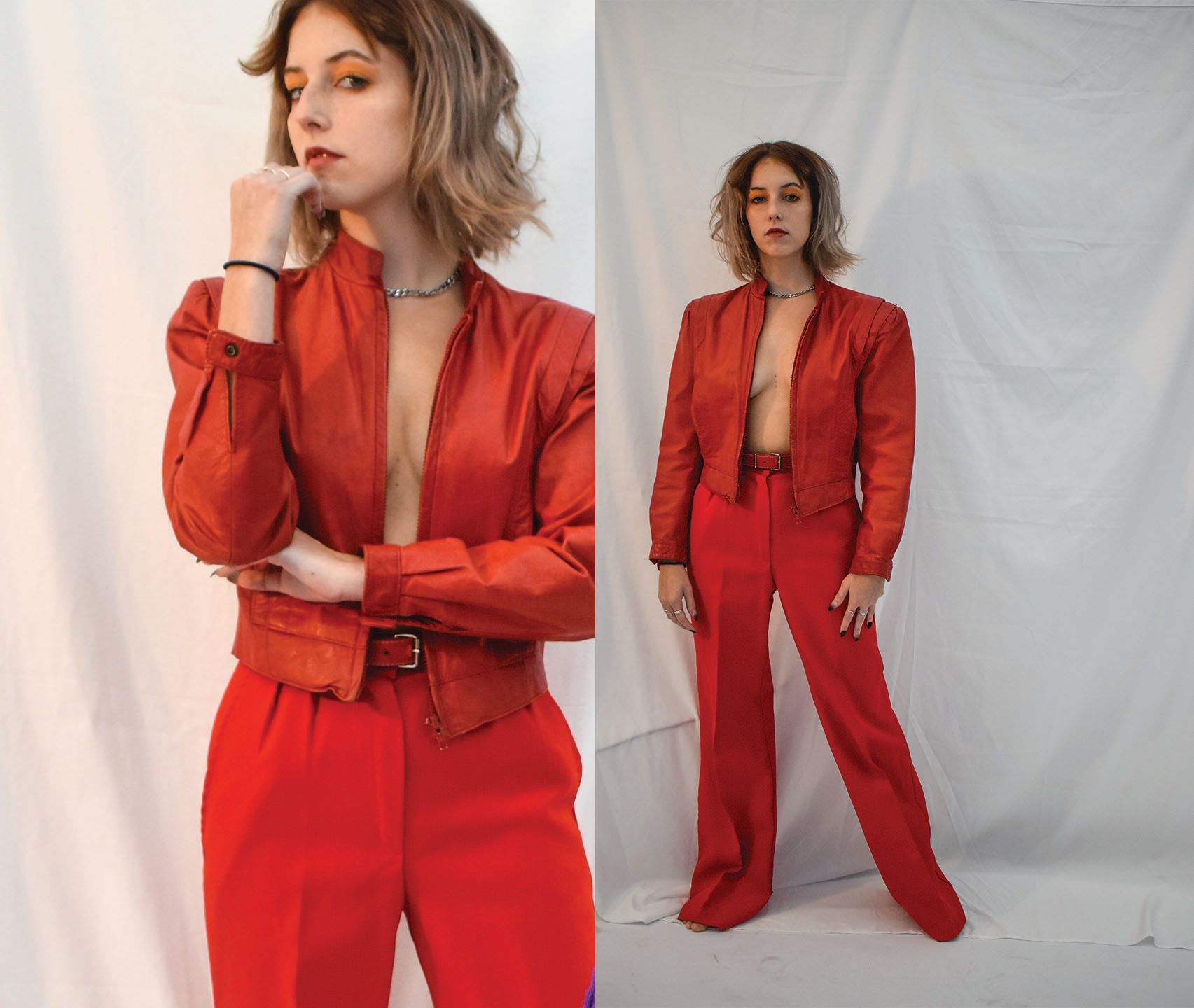
Orange has made a splash in the fashion industry. Designer brand Hermes is known for its signature orange color, which stems from World War II.
The Nazi Party’s occupation of Paris during the war made certain dyes hard to find, but conveniently paper and orange dye were readily available.
Thus, the classic Hermes box was born.
The color signifies adventure and communication with rejuvenating characteristics. Surely orange is underrated, but Hermes has monopolized on the fact that the color is representative of their luxurious brand.
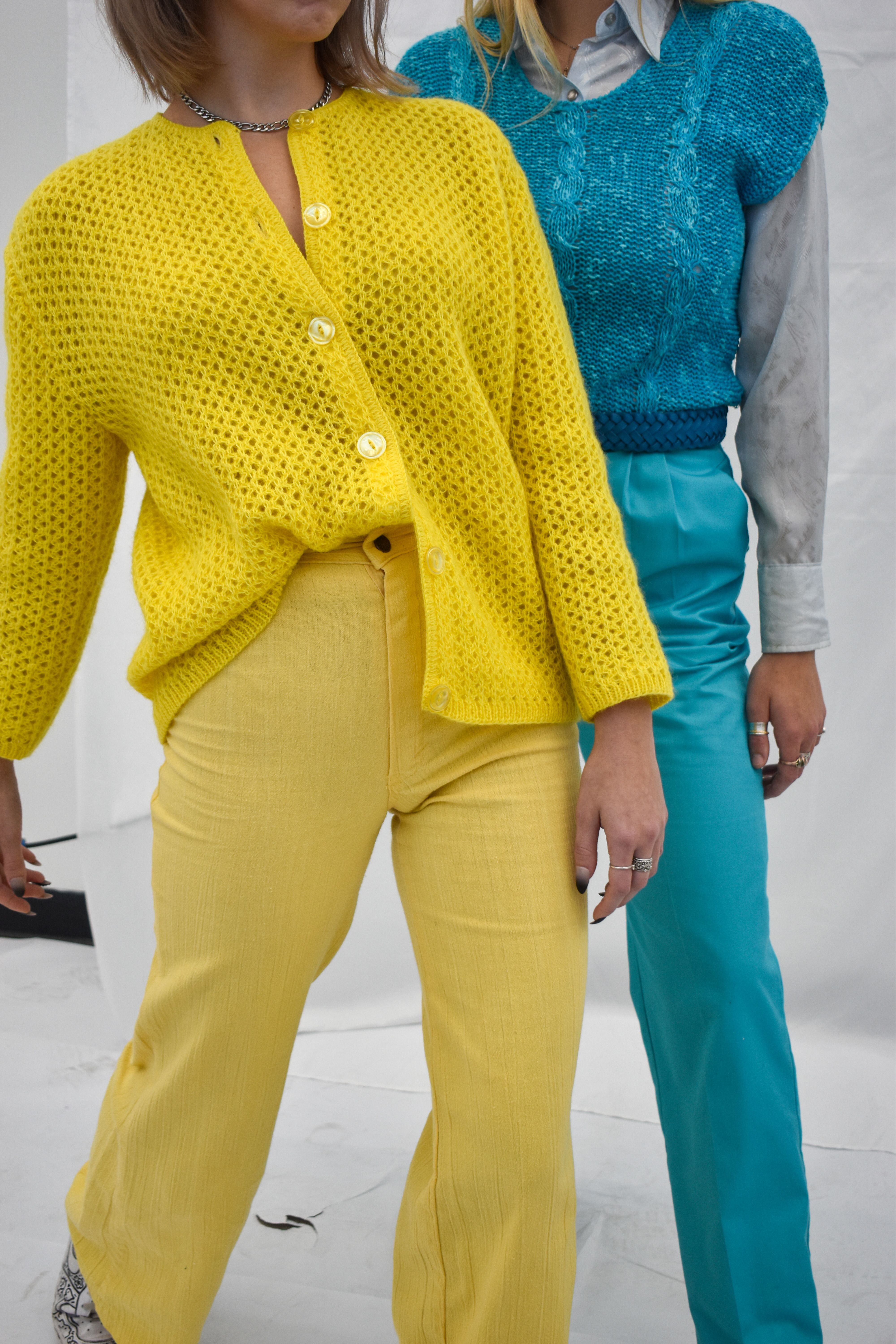
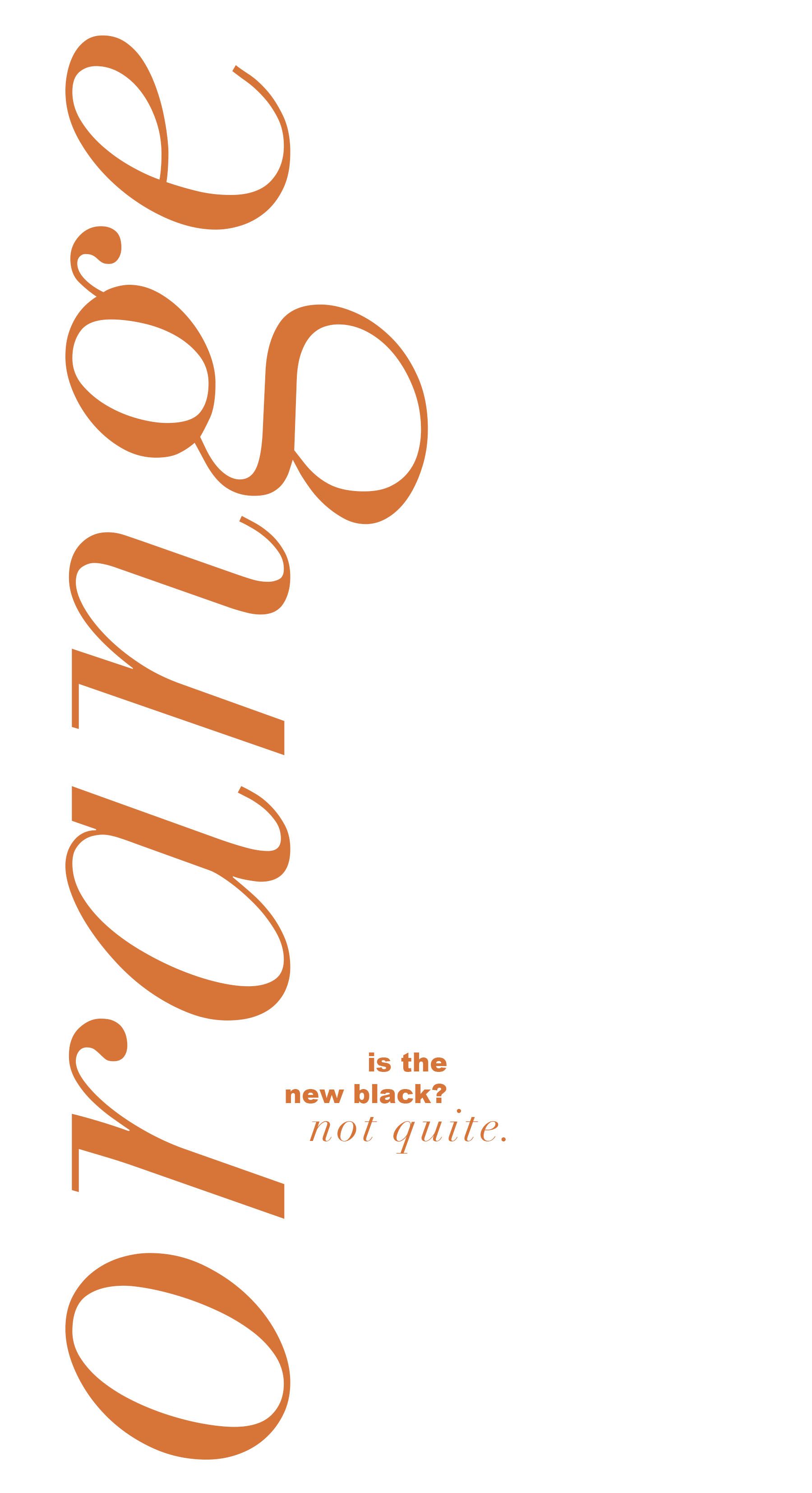
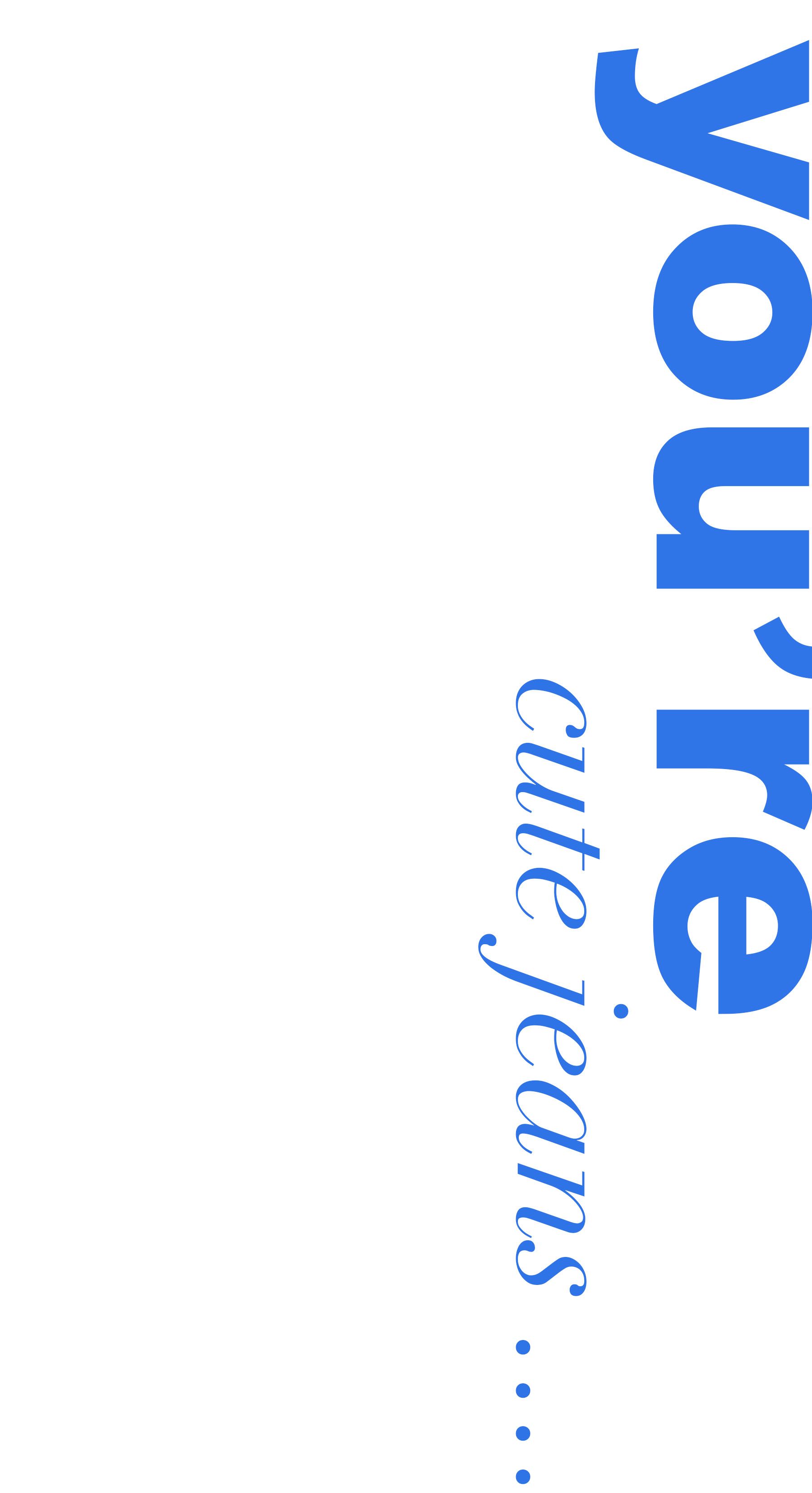
Blue denim is one of the longest lasting fashion trends of all time.
Levi Strauss & Co. patented these sturdy pants in 1873, unknowingly creating the perfect blend of functionality and fashion for years to come.
Originally a work pant, Hollywood began to romanticize the blue jean look in the early 1920s through on-screen sensations such as John Wayne and Gary Cooper.
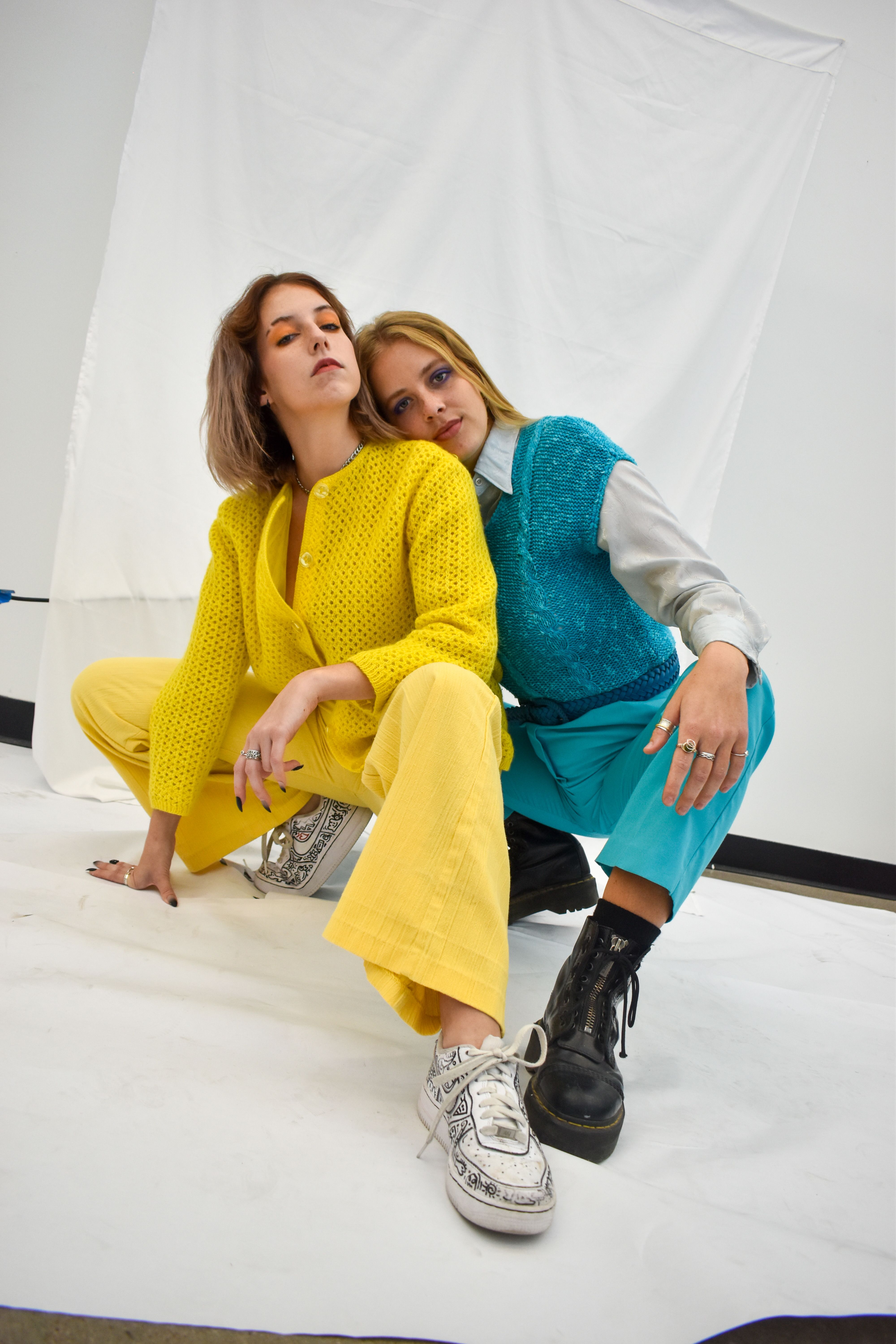
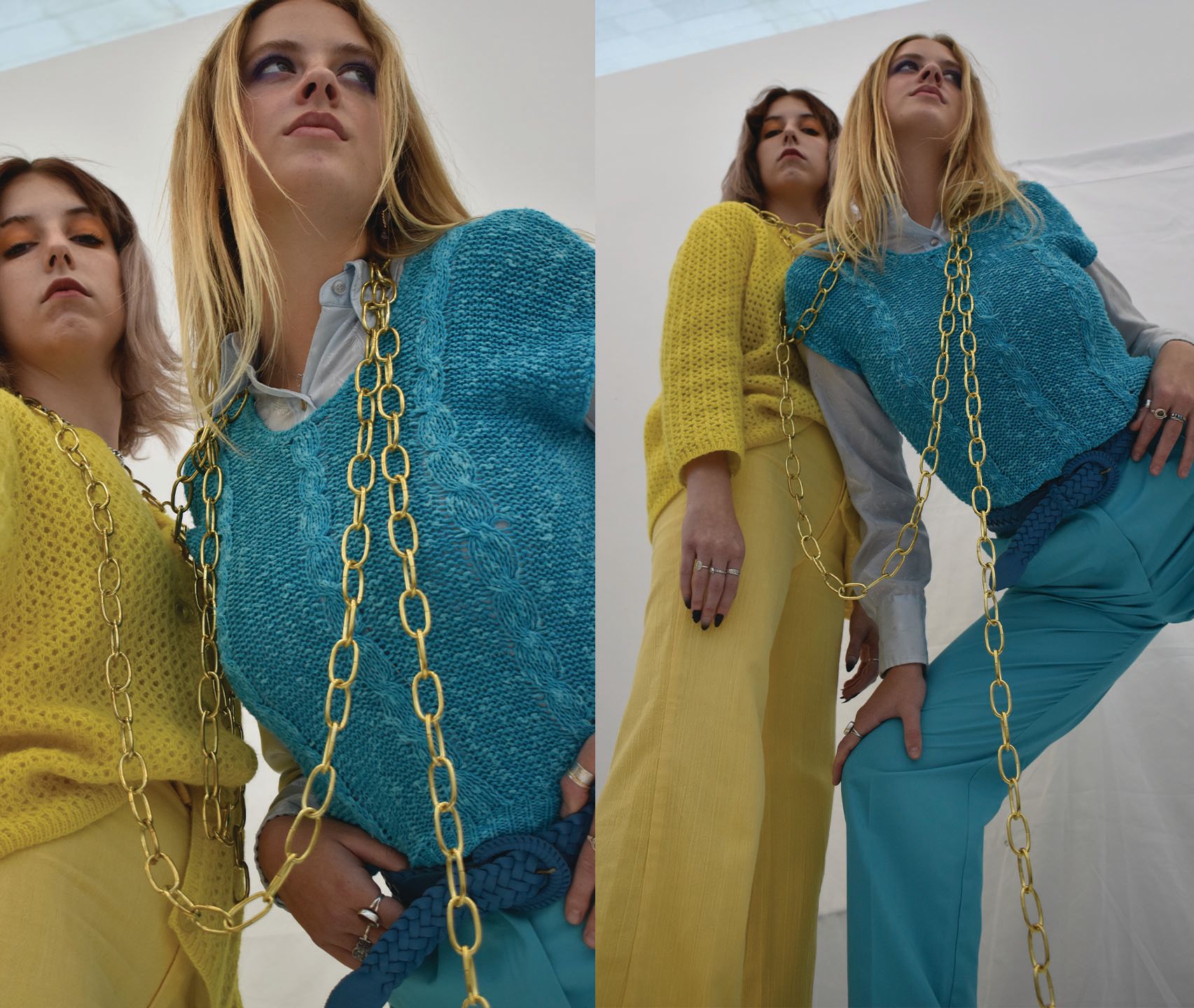
Once Vogue coined the look “western chic,” the clothing article skyrocketed into the high fashion industry where it was eventually seen on both the rock 'n' roll stage and the runway.
Today we enjoy different styles of jeans, customizing them to fit our personal style. High or low waisted, light or dark wash - the options can be overwhelming at times, but they show the evolution of denim and just how far it has come.
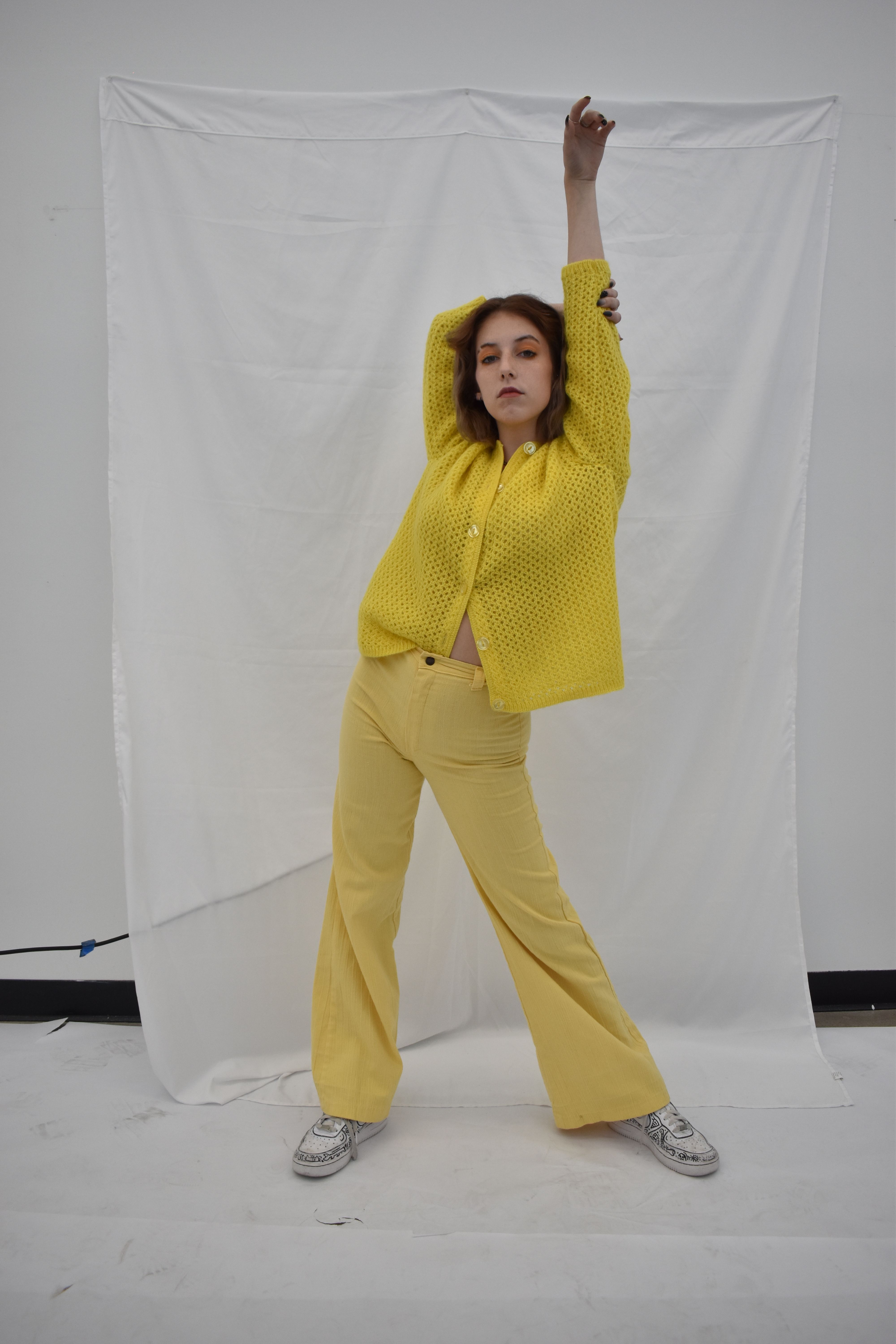
The colors we see dominating the fashion industry all have rich and enticing histories that are often overlooked by the common person. Next time you reach into your closet or dresser, think to yourself: what do these colors mean to me, and why did I pick them out?

